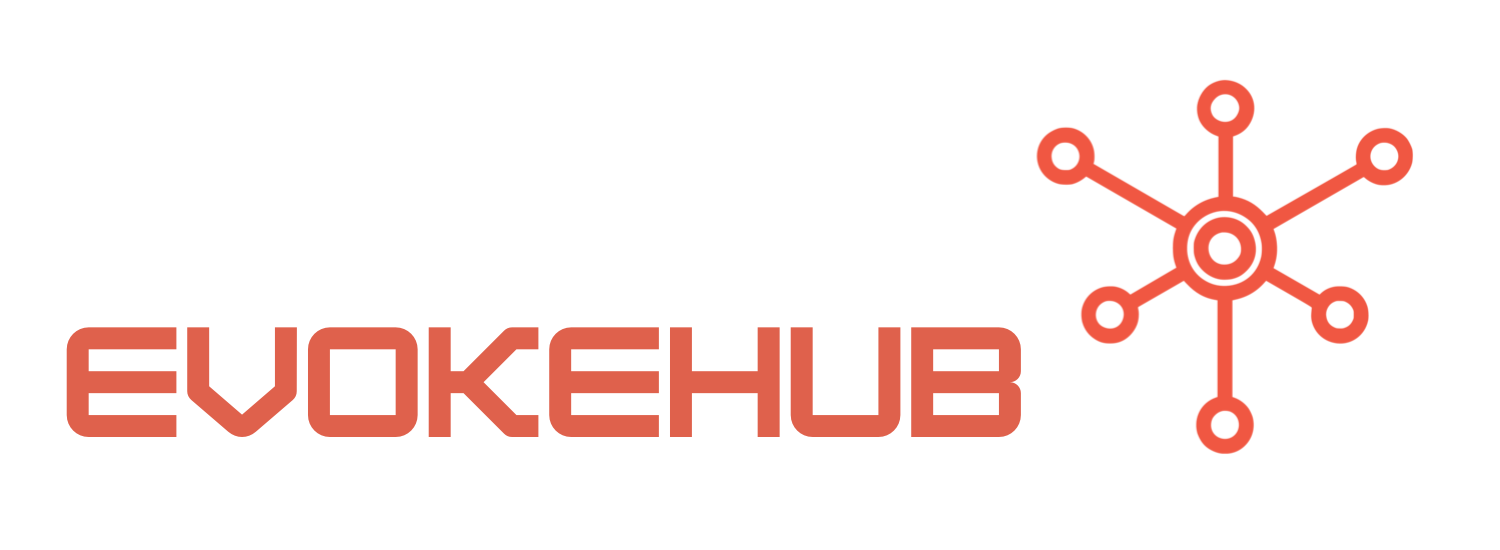Soar High: Unlocking DevOps Potential in the Cloud!
The beauty of cloud computing lies in its ability to create a seamless and collaborative environment where development and operations teams can thrive. By leveraging cloud services, organizations can eliminate traditional silos and promote a culture of collaboration. Cloud platforms like AWS, Azure, and Google Cloud offer integrated tools designed to streamline workflows, enabling teams to communicate in real-time and respond swiftly to changing project needs.
Moreover, cloud solutions provide unparalleled scalability. As your projects grow, your infrastructure can easily adapt to increased demands without the need for costly hardware upgrades or lengthy setup times. This elasticity allows teams to focus on innovation and continuous improvement rather than getting bogged down in operational challenges. In addition, automated deployment and monitoring tools provided by cloud services further enhance your DevOps capabilities, making it easier to implement continuous integration and continuous delivery (CI/CD) practices.
Security is another area where cloud computing shines. With a dedicated focus on data protection, many cloud providers implement robust security features, enabling organizations to manage risks effectively. By utilizing cloud security best practices and tools, you not only safeguard sensitive data but also foster greater trust among stakeholders. Embracing the cloud as your DevOps backbone isn’t just about efficiency; it’s about creating a resilient framework that supports innovation and growth.
Reach New Heights: Boost Your Cloud Performance Today!
To truly capitalize on the cloud’s potential for enhancing DevOps performance, organizations must adopt a proactive approach to cloud management. One effective strategy is implementing Infrastructure as Code (IaC), which allows teams to manage and provision cloud resources through code instead of manual processes. Utilizing tools such as Terraform or CloudFormation can significantly reduce deployment times and minimize human error, allowing developers to concentrate on writing code rather than wrestling with infrastructure setups.
Additionally, embracing a microservices architecture can lead to improved performance and resilience. By breaking down applications into smaller, manageable services, teams can deploy updates independently, reducing downtime and enhancing overall efficiency. This architecture aligns perfectly with cloud environments, where resources can be dynamically allocated to support individual services without disrupting the entire system. By adopting microservices, you can streamline your development cycle, enabling faster time-to-market for new features.
Lastly, it’s essential to incorporate performance monitoring and analytics into your cloud DevOps strategy. Tools like Prometheus and Datadog can provide valuable insights into application performance and system health, allowing teams to identify bottlenecks and optimize resource utilization. By staying ahead of potential issues, organizations can ensure that their cloud infrastructure operates at peak performance, paving the way for continued innovation and growth.
In conclusion, the cloud offers a vibrant landscape for enhancing DevOps performance, providing the tools, flexibility, and scalability necessary to reach new heights. By unlocking your DevOps potential with cloud solutions, embracing modern methodologies, and implementing proactive management strategies, you’re well on your way to creating a robust and agile development environment. As we venture into a future powered by cloud technologies, remember that the sky is the limit! Embrace these strategies, and watch your organization soar!




